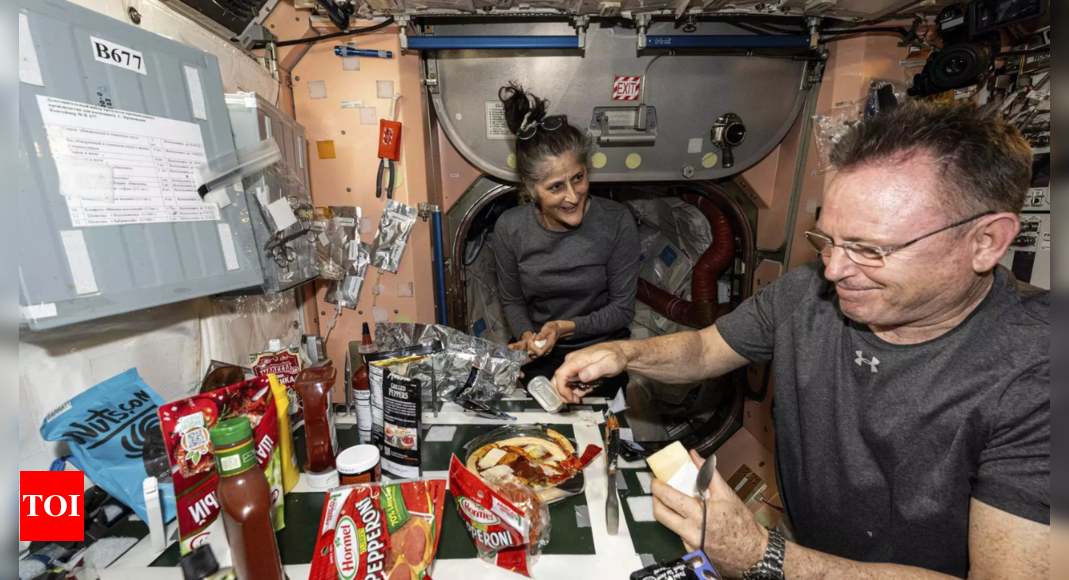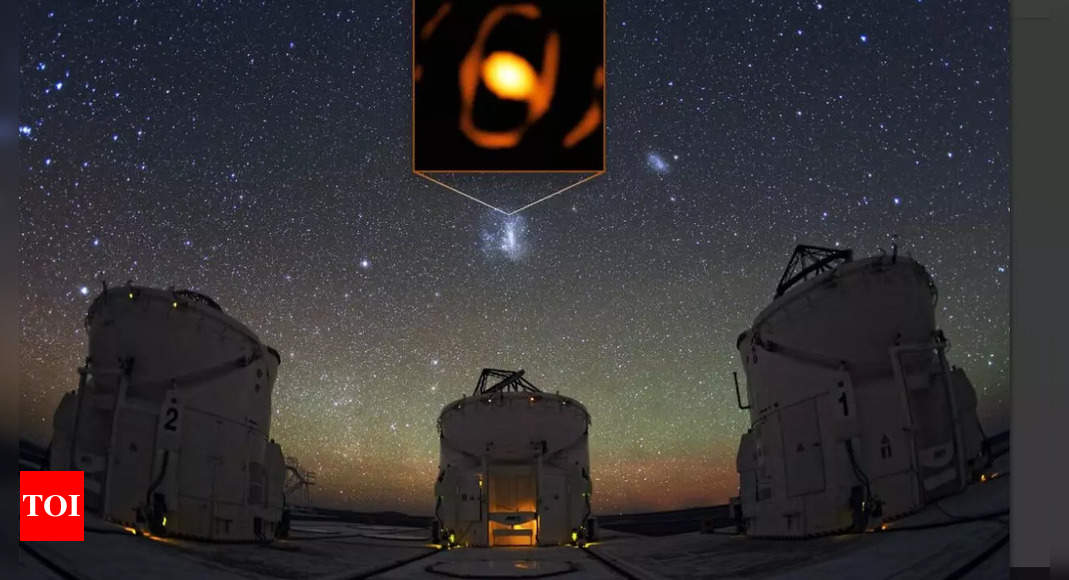
Scientists have proposed an interesting approach to increase the temperature of Mars, Earth’s planetary neighbour, by introducing engineered particles into its atmosphere. These particles, similar in size to commercial glitter and composed of iron or aluminium, would act as aerosols, trapping and escaping the heat and reflecting sunlight towards the Martian surface.The goal is to enhance the natural greenhouse effect on Mars, raising its surface temperature by approximately 50 degrees Fahrenheit (28 degrees Celsius) over a period of ten years.
While this approach alone would not make Mars habitable for humans, the researchers who developed the proposal consider it a potentially feasible initial step. As University of Chicago planetary scientist Edwin Kite explained, “Terraforming refers to modifying a planet’s environment to make it more Earth-like. For Mars, warming the planet is a necessary, but insufficient, first step. Previous concepts have focused on releasing greenhouse gases, but these require large amounts of resources that are scarce on Mars.”
Kite emphasised the significance of their study, saying, “The key elements of our paper are a novel proposal to use engineered nanoparticles to warm Mars’ atmosphere, and climate modelling that suggests this approach could be much more efficient than previous concepts. This is important because it presents a potentially more feasible method for modifying Mars’ climate, which could inform future Mars exploration strategies.”
Despite the challenges posed by Mars’ environment, such as its lack of breathable oxygen, harmful ultraviolet radiation, salty soil, and frequent dust storms, the researchers believe that addressing the planet’s frigid temperatures is a crucial step towards potential human settlements.
Study lead author Samaneh Ansari, a doctoral student at Northwestern University, expressed hope that their findings will encourage further exploration of this intriguing idea within the scientific community and the public.
The proposed method involves continuously releasing tiny rod-shaped particles, or nanorods, into the Martian atmosphere at a rate of about eight gallons (30 litres) per second for an extended period. The researchers suggest either shipping the material or, more efficiently, sending the manufacturing tool to produce the nanorods directly on Mars, as iron and aluminium are abundant on the planet’s surface.
However, the researchers are aware of the potential unintended consequences of terraforming another world for the benefit of humankind. They acknowledge the importance of studying the possibility of past or present life on Mars, such as subsurface microbes, and the need for robust protections for its habitat. Kite noted, “Although nanoparticles could warm Mars, both the benefits and potential costs of this course of action are currently uncertain.”
While this approach alone would not make Mars habitable for humans, the researchers who developed the proposal consider it a potentially feasible initial step. As University of Chicago planetary scientist Edwin Kite explained, “Terraforming refers to modifying a planet’s environment to make it more Earth-like. For Mars, warming the planet is a necessary, but insufficient, first step. Previous concepts have focused on releasing greenhouse gases, but these require large amounts of resources that are scarce on Mars.”
Kite emphasised the significance of their study, saying, “The key elements of our paper are a novel proposal to use engineered nanoparticles to warm Mars’ atmosphere, and climate modelling that suggests this approach could be much more efficient than previous concepts. This is important because it presents a potentially more feasible method for modifying Mars’ climate, which could inform future Mars exploration strategies.”
Despite the challenges posed by Mars’ environment, such as its lack of breathable oxygen, harmful ultraviolet radiation, salty soil, and frequent dust storms, the researchers believe that addressing the planet’s frigid temperatures is a crucial step towards potential human settlements.
Study lead author Samaneh Ansari, a doctoral student at Northwestern University, expressed hope that their findings will encourage further exploration of this intriguing idea within the scientific community and the public.
The proposed method involves continuously releasing tiny rod-shaped particles, or nanorods, into the Martian atmosphere at a rate of about eight gallons (30 litres) per second for an extended period. The researchers suggest either shipping the material or, more efficiently, sending the manufacturing tool to produce the nanorods directly on Mars, as iron and aluminium are abundant on the planet’s surface.
However, the researchers are aware of the potential unintended consequences of terraforming another world for the benefit of humankind. They acknowledge the importance of studying the possibility of past or present life on Mars, such as subsurface microbes, and the need for robust protections for its habitat. Kite noted, “Although nanoparticles could warm Mars, both the benefits and potential costs of this course of action are currently uncertain.”









